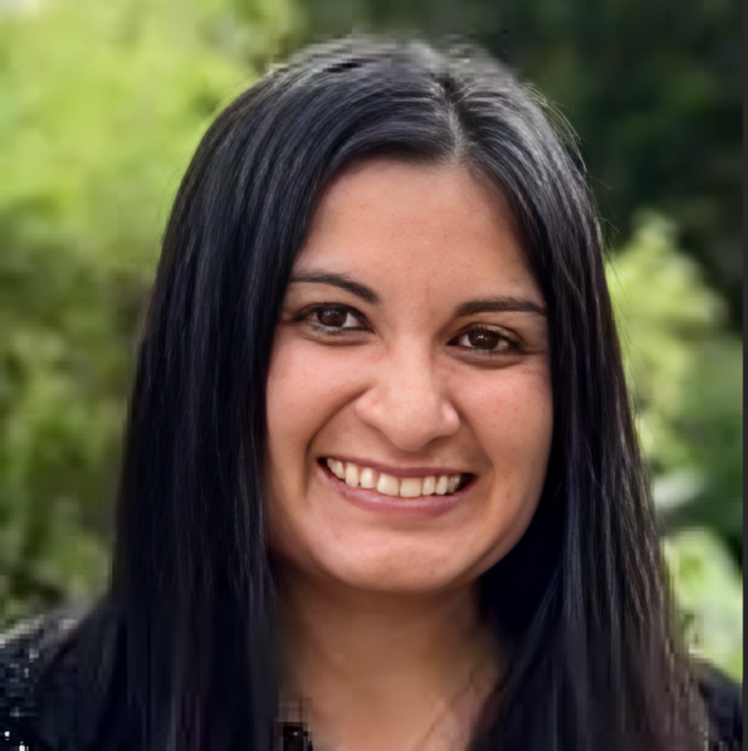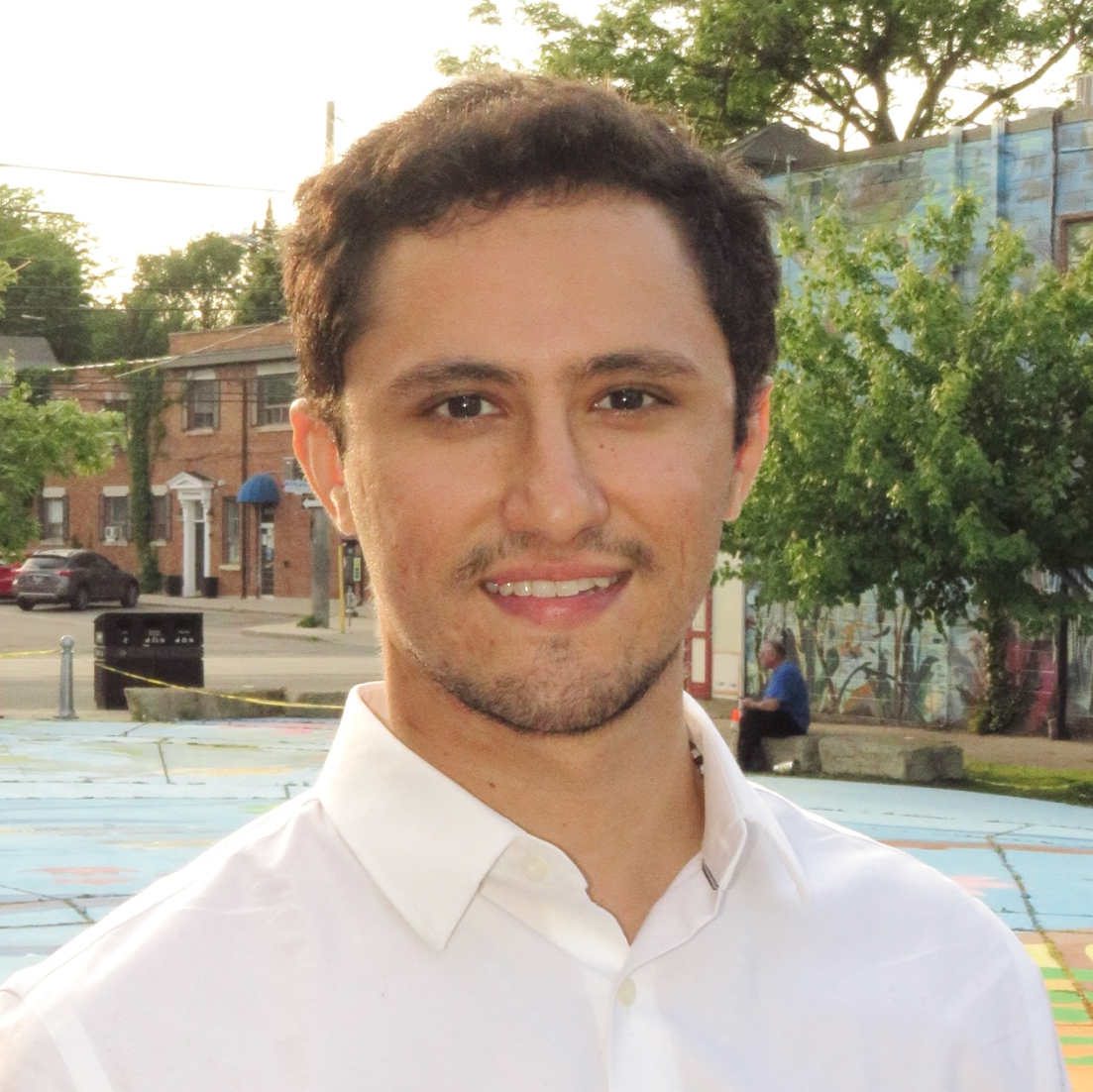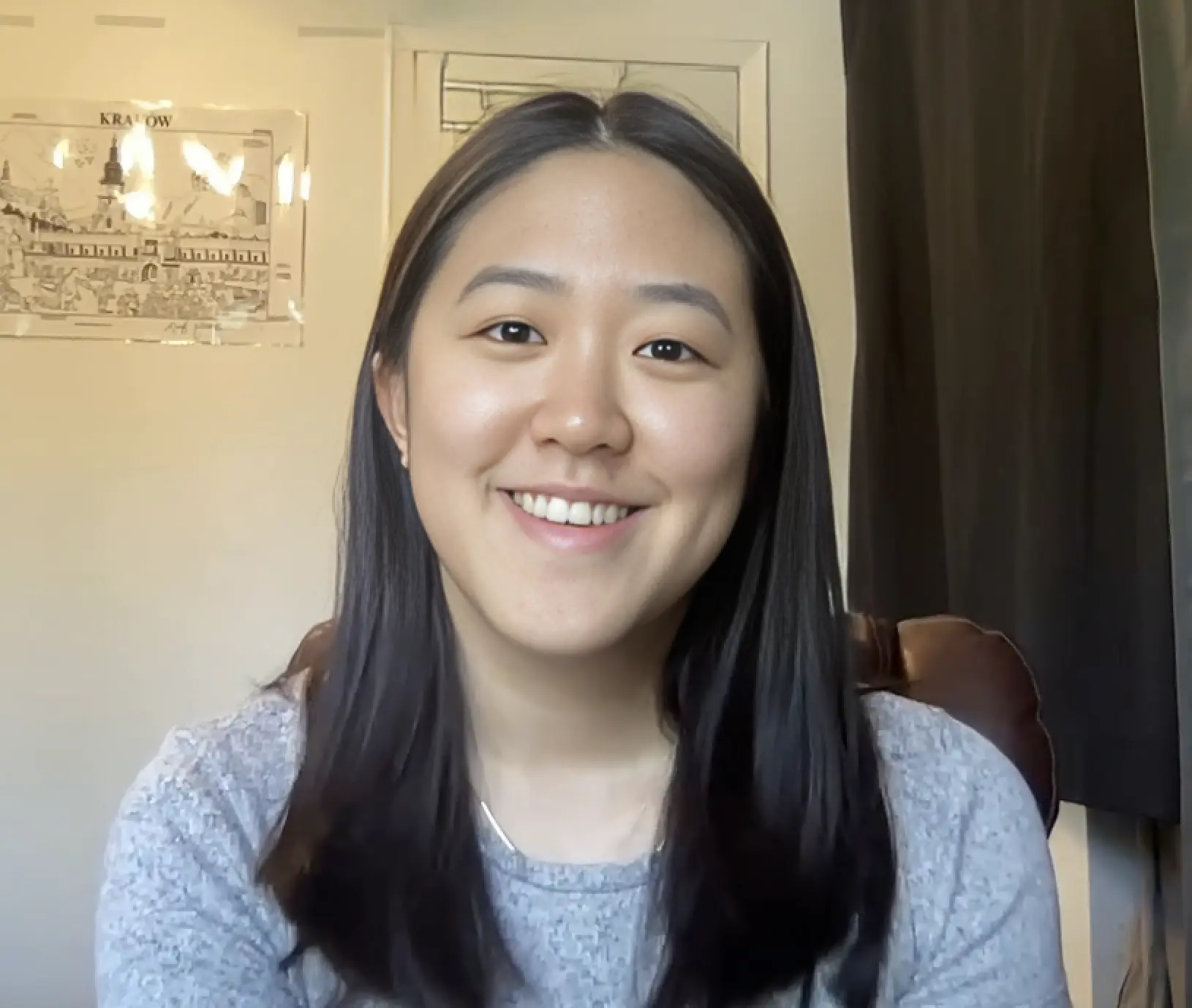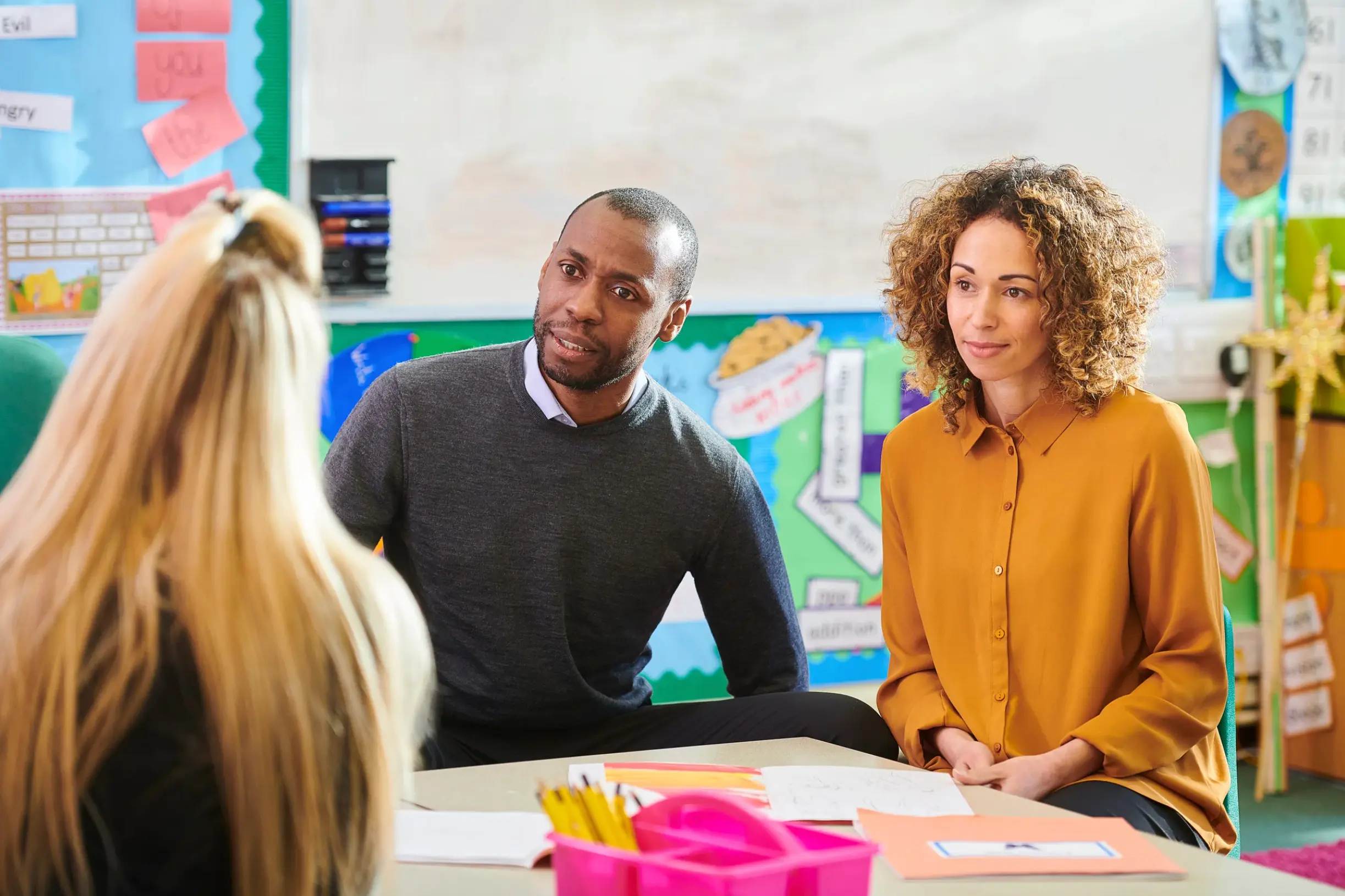What is learning loss and how can we tackle it? As students face the disruption of their education, learning loss emerges as a crucial obstacle. This article unpacks the concept of learning loss and its impacts on student learning. We highlight strategies that educators, parents, and communities can adopt to prevent and remedy these setbacks. Without over-complication, the introduction sets the stage for a pragmatic discussion on learning loss and potential interventions.
Key Takeaways
- Learning loss, the decline in academic achievement and skills typically occurring between school years and intensively over summer, affects students’ cognitive abilities, critical thinking, and enthusiasm to learn.
- Effective strategies to combat learning loss include structured summer programs offering academic enrichment and recreational activities, leveraging technology like adaptive learning tools, and parent-community-school collaboration for continuous support.
- Long-term consequences of learning loss go beyond academic performance, affecting educational equity and future economic opportunities, thus interventions also serve to promote social mobility and address systemic inequities.
Understanding Learning Loss

Imagine stepping into a new school year only to discover that the knowledge and skills you painstakingly cultivated have begun to fade. This phenomenon, known as learning loss, is the unsettling reality for many students as they traverse the academic landscape. Learning loss refers to the decline in academic achievement and skills that are not captured by standard assessments, typically evaluated by comparing students’ achievements at the end of one school year with the start of the following. It represents the gap between where students are and where they are expected to be, and it is a gap that widens for many during the summer months.
This erosion of student learning can be likened to a garden left untended; without the structured care of the academic year, the growth of students’ knowledge begins to slow, and in some cases, students lost ground in their educational journey. It’s a challenge that requires a multi-faceted approach to address, for the consequences of learning loss are far-reaching, affecting not only academic performance but also long-term educational and career opportunities. Let’s dig deeper to understand the breadth of this issue, its measurement, and its impact on students of all grade levels.
Defining Learning Loss
When we speak of student learning being compromised, it’s important to recognize that the implications extend well beyond mere academic scores. Learning loss encompasses the erosion of a wide array of skills and knowledge, including those critical competencies that are not always evident through standardized tests. It’s like a fading photograph, where the details become harder to discern over time; students may begin to forget how to analyze a complex text or solve a multi-step algebra problem. The richness of their educational tapestry becomes dulled, and the vibrancy of their curiosity may diminish amidst this void.
As the summer learning loss dates loom, it is not just the recall of academic content that suffers; student learning slows in a more holistic sense, affecting cognitive abilities, critical thinking, and even the enthusiasm to learn. The intricate tapestry woven during the school year begins to unravel, and the students lost in the fray are those who cannot afford the summer setback. The defining of learning loss, therefore, must be comprehensive, acknowledging all facets of educational decline.
Measuring Learning Loss
But how do we quantify this intangible loss? How do we measure the contours of a gap that is as much about eroded confidence as it is about declining test scores? Modern assessments have risen to the challenge, providing educators with tools such as MAP Growth, Star, and i-Ready. These assessments highlight the significant test score drops over the summer, confirming learning loss across various grade levels and informing targeted interventions. The insights gleaned from these tools are invaluable; they allow educators to tailor instructional time to address the areas where learning has receded the most.
Educational research measures learning loss through interim and diagnostic assessments, which help to pinpoint where students are struggling and how best to support them. These assessments are not a one-time event but part of a continuous process of feedback and adjustment. With periodic assessments, educators can implement personalized learning strategies that not only gauge but also improve the efficacy of learning techniques. It’s a dynamic approach, one that acknowledges that the path to knowledge is not linear but rather a journey with peaks and valleys.
Impact on Academic Progress
The impact of learning loss on academic progress is not uniform; it varies by subject and intensifies with each advancing grade level. Mathematics, for example, is particularly vulnerable to the summer slide. Achievement test scores in math tend to regress more over the summer months compared to literacy skills, adding layers of complexity to an already challenging discipline. This is not a mere stumble in learning; it’s a slide that becomes steeper as students progress from one academic year to the next, with test score drops escalating with each grade level.
Understanding this uneven terrain is critical for school leaders, educators, and policy makers. It is not just about bridging gaps in academic skills but about navigating the broader landscape of educational inequities that are often more pronounced among black and white students and low-income students. The ripple effect of these disparities can extend well beyond the school walls, influencing students’ future prospects and their ability to compete in an inreasingly complex world. As an assistant professor might analyze the intricacies of a literary work, so too must we scrutinize the nuanced patterns of learning loss to ensure that every student has the opportunity to reclaim lost ground and reach new academic heights.
The Summer Slide Phenomenon

As the last bell of the school year rings, a silent alarm should also sound for the impending summer slide—a time when students are at risk of losing the knowledge and skills they worked hard to acquire during the school year. The summer slide encapsulates the phenomenon where, without the formal educational structures of a school year, students’ test scores often flatten or decline, particularly in foundational subjects like reading and math. It’s a period marked by a shift in rhythm, from the structured cadence of the academic year to the free-form melody of summer vacation.
Yet, while the summer slide is a well-documented issue, it is not insurmountable. Throughout this exploration, we will uncover strategies that not only stem the flow of knowledge loss but can also transform summer months into a season of growth and discovery. From summer learning programs to community collaboration, there are numerous ways to combat the effects of this seasonal educational retreat, turning what is typically a time of learning stagnation into an opportunity for enrichment and advancement.
Test Score Patterns During Summer
The pattern of test scores during the summer months paints a telling picture of the summer slide. Comprehensive studies, including a seminal one from 1996 and more recent findings, show that students tend to lose significant knowledge in reading and math over the summer break, with larger summer drops equivalent to losing about one month of school-year learning. This is especially true for math, where the average loss is about 27 percent of school-year gains, compared to 20 percent in reading. Such statistics underscore the critical need for summer learning programs that can address these declines.
Urban districts, in particular, witness a higher loss in math skills over summer compared to their rural, suburban, and town counterparts. However, the disparities between students attending low- and high-poverty schools do not consistently widen during this time, and the differences in test scores between Black and white students tend to stabilize or lessen. It’s a complex mosaic, with the test score patterns revealing both the challenges and the potential for targeted summer interventions to make a real difference in preventing summer learning loss.
Socioeconomic Factors and Learning Loss
The impact of the summer slide is not felt equally across all demographics. Socioeconomic factors play a significant role in learning loss, with students from high-poverty and low-income districts experiencing more pronounced summer learning loss. This is where the ‘faucet theory’ comes into play, suggesting that during the school year, educational resources are like a faucet turned on for all students, but over the summer, that faucet drips only for those with access to enrichment opportunities—leaving low-income students to dry out academically.
The consequence is a widening learning gap between lower-income students and their middle-class peers, one that becomes more difficult to bridge with each passing year. The gravity of these educational inequities requires a concerted effort to understand and address the complex reasons behind students’ variable learning experiences over the summer. It’s not enough to acknowledge the disparity; as education researchers, community leaders, and policy makers, we must take actionable steps to ensure that every student, regardless of socioeconomic status, has the resources to maintain and build upon their academic achievements during the summer months.
Mitigating Learning Loss with Summer Programs
The battle against the summer slide is not fought on a single front but through a multifaceted approach that includes structured summer programs. These programs, when designed and implemented effectively, can build skills and competencies in children, preventing learning loss and promoting continuous educational progress. It’s an approach that goes beyond the typical image of summer school, encompassing a variety of activities and learning experiences that can spark interest and motivation in students.
Summer programs, including summer reading programs, are not just about preserving public education; they are about enhancing it, using instructional time wisely to help students catch up and even get ahead. From academic enrichment to novelty activities like games and historical site visits, summer programs offer a plethora of opportunities for children to continue learning in engaging and meaningful ways. The Scholastic Read-a-Palooza Summer Reading Challenge, for instance, pairs the joy of reading with the incentive of helping others, demonstrating how summer learning can be both educational and altruistic. Additionally, services like TutorLyft's summer tutoring provide personalized and targeted support to help students address specific academic challenges, ensuring they return to school with a stronger foundation. It is through these diverse experiences that we can mitigate the effects of summer learning loss and ensure that students return to school ready to dive into new concepts and challenges.
Types of Summer Learning Opportunities

The landscape of summer learning opportunities is as varied as the interests and needs of students themselves. Beyond the traditional summer school model, programs now integrate hands-on enrichment, social-emotional learning, and a variety of recreational activities. From academic enrichment programs that bolster literacy skills and math proficiency to camps focused on sports, arts, and personal interests, summer learning programs cater to the whole child, providing avenues for both academic and personal growth.
For those seeking more specialized experiences, immersive programs such as residential camps, language classes abroad, and creative writing retreats offer unique opportunities for deep, focused learning. In literacy-focused summer programs, teachers can implement explicit phonics programs tailored to the context, providing structured routines and instructional dialogue to strengthen reading skills. These diverse types of summer learning opportunities ensure that there is something for every student, whether they are looking to catch up, stay on track, or explore new interests during the summer months.
Evaluating Program Effectiveness
To ensure that summer programs are not only well-intentioned but also effective, it is essential to evaluate their impact rigorously. Research methods have improved over time, allowing studies to causally determine the effectiveness of summer learning programs and inform best practices. Institutions like Harvard University have conducted studies that categorize evidence of summer program effectiveness into three categories:
- Conclusive: based on strong research design and high certainty that the program created the measured effect.
- Moderate: based on moderate research design and some certainty that the program created the measured effect.
- Suggestive: based on weaker research design and limited certainty that the program created the measured effect.
By categorizing the evidence, researchers can provide a clearer understanding of the effectiveness of summer programs and guide future program development.
This meticulous approach to evaluation ensures that high-quality programs are identified and replicated, while others are refined to better meet the needs of students. Modern assessments and diagnostic tools play a key role in this process, allowing educators to track progress and adapt strategies accordingly. By grounding program evaluations in robust research, we can continuously improve summer learning opportunities, ensuring that they are a powerful tool in the fight against learning loss.
Access and Equity in Summer Education
Creating summer learning opportunities is only half the battle; ensuring that they are accessible and equitable is equally crucial. Programs that are responsive to students’ cultural values and backgrounds are more likely to succeed in attracting and retaining youth. Equitable summer learning experiences should center on students’ diverse experiences and needs, offering joy, exploration, and opportunities for self-direction. By adopting a whole child approach and engaging families’ knowledge, we can build from students’ strengths and interests.
Federal programs like Governor’s Schools and Upward Bound, along with financial aid and scholarships for private programs, play an important role in promoting access for low-income students or those who will be first-generation college attendees. These initiatives, alongside investments in public education, are vital for students from diverse socioeconomic backgrounds, including middle class students, contributing to long-term opportunities in education and careers. However, we must also remain mindful of standardized testing’s potential to perpetuate inequities, as it may not fully reflect the abilities of students from diverse linguistic or cultural backgrounds. In striving for access and equity, it is essential that we consider the full spectrum of students’ needs and create summer learning experiences that are truly inclusive.
Innovative Approaches to Preventing Learning Loss

As the landscape of education evolves, so too must our strategies for preventing learning loss. Innovative approaches to learning, such as engaging environments, project-based activities, and a whole child approach, are proving to be effective in maintaining educational progress and combating learning loss. These strategies are not just about academic content; they encompass a holistic view of learning that fosters engagement, curiosity, and a love for discovery.
Summer learning programs, in particular, have embraced innovative methods to ensure that students do not revert to pre-pandemic learning standards but instead continue to advance. Project-based learning, for example, immerses students in real-world problem-solving, integrating multiple disciplines and hands-on experience to mitigate learning loss. By focusing on the whole child, these programs provide a more rounded and robust educational experience that can keep the fires of learning burning bright all year round.
Embracing Technology and Interactive Learning
In the digital age, technology has become a key ally in the fight against learning loss. Interactive applications and immersive virtual environments are being increasingly used to boost student comprehension and engagement. The proliferation of educational technologies in school districts signifies a shift towards leveraging digital resources to enrich learning. These platforms offer a bridge between physical and online learning spaces, providing continuity and flexibility in education.
More than half of K-12 students now use educational games, which illustrates the integration of technology in learning resources. Adaptive learning technology, in particular, is playing a transformative role by offering:
- Personalized learning pathways that adjust to student performance in real-time
- Interactive lessons
- Personalized feedback
- Comprehensive progress tracking
These features are critical for reversing learning loss.
For instance, Kindergarten students engaging with the Reading Eggs app for an average of 26 minutes per week improved their reading level by more than one grade over the school year. The pandemic-induced increase in absenteeism and academic decline has only accelerated the adoption of these flexible and accessible digital learning solutions.
Collaboration Between Schools and Communities

One of the keys to preventing learning loss lies in the power of collaboration between schools and their broader communities. By forging strong partnerships with local organizations, schools can offer students a more comprehensive support network. This collaboration is essential, as it improves communication and provides a variety of learning partnerships that can enrich the educational experience beyond the classroom.
When communities and schools unite, they create a synergy that can address learning loss in ways that neither could achieve alone. From community-based literacy programs to after-school tutoring provided by local volunteers, these collaborative efforts ensure that learning continues outside of school hours and in ways that resonate with students’ lived experiences.
Leveraging the strengths and resources of the community can transform the educational landscape, making it more responsive to the needs of all students.
Role of Parents and Home School Dynamics
The role of parents and caregivers in combating learning loss cannot be overstated. By fostering a home environment that values and supports learning, parents can significantly impact their children’s academic progress. Here are a few ways parents can reinforce the importance of continuous learning:
- Engage in activities that promote reading
- Model positive learning behaviors
- Create a designated study area at home
- Encourage curiosity and exploration
- Set aside regular time for homework and studying
Schools can also play a part by equipping parents with the resources they need to become active partners in their children’s education, thus strengthening the home-school connection. One way to achieve this is by providing them with informative materials from sources like Teachers College Press.
Customized planners and learning tools tailored to students’ curriculum needs can help manage time and workload effectively, mitigating learning loss. When parents, schools, and communities work together, they create a holistic support system that can nurture students’ academic and personal growth. It’s a partnership that acknowledges the essential role of the home in the educational equation and empowers parents to be co-educators in their children’s learning journey.
Long-Term Impacts on Social Mobility
The fight against learning loss is not only about improving academic performance in the short term; it also has significant implications for social mobility and future economic prospects. The COVID-19 pandemic highlighted how school closures led to unequal effects on human capital accumulation, exacerbating educational inequalities. Successful interventions in combatting learning loss can help to level the playing field, providing all students, regardless of family income or background, with the skills and knowledge necessary to thrive in the future.
By addressing educational inequities, we can create pathways to social mobility that were previously obstructed. Long-term studies show that students who receive targeted support and effective educational interventions are more likely to experience enhanced social mobility and better economic outcomes. These long-term impacts affirm the importance of addressing learning loss not as a temporary challenge but as a strategic investment in the future of our students and society as a whole.
Summary
As we’ve journeyed through the various facets of learning loss, from its definition to the strategies and successes that have emerged to combat it, one thing is abundantly clear: addressing learning loss is a multifaceted challenge that requires innovative solutions. We’ve seen how summer learning loss can be mitigated through engaging programs, how technology and community collaboration can enhance the learning experience, and how the involvement of parents and caregivers plays a critical role in supporting student success. The case studies presented offer hope and a roadmap for educators and policymakers seeking to reverse the tide of learning loss and ensure that every student has the opportunity to reach their full potential.
In conclusion, the battle against learning loss is one that we can win. By embracing a holistic approach that includes high-quality summer programs, innovative teaching methods, and strong community partnerships, we can preserve and enhance public education. Our collective efforts will not only improve test scores and academic skills but also foster a lifelong love of learning and contribute to the long-term social mobility of our students. Let’s continue to work together to ensure that every child has access to the educational opportunities they deserve, during the summer months and beyond.






































































